Lawyers working for a woman have filed a class action lawsuit against Biggby Coffee, alleging discrimination by up-charging for non-dairy milks.
The complaint echoes similar class action complaints — in some instances word-for-word — filed against Starbucks and Dunkin Donuts that have moved through the courts in recent years.
Filed this week in District Court, the lawsuit alleges that Biggby Coffee charges a 50 cents to $1 surcharge for non-dairy milks such as oat, soy, almond or coconut milk. However additional charges are not included for certain other additives or substitutions, such as sugar or artificial sweeteners, decaffeination or dairy milks of different fat contents, according to the complaint.
The suit says Bower suffers from lactose intolerance that causes symptoms such as bloating, diarrhea, excessive gas, nausea, abdominal pain, cramping and fatigue, and thus must be careful not to consume dairy products.
Like the Starbucks and Dunkin’ suits, the latest lawsuit alleges violations of the Disabilities Act, while seeking damages on behalf of the class.
This really does not sit well with me - coffee is coffee, extracted from coffee beans. Adding milk, non dairy milks, ice, syrups, or sugar and chocolate are choices that I don't believe contravene any rights for the Disabled.
What do you think?
The complaint echoes similar class action complaints — in some instances word-for-word — filed against Starbucks and Dunkin Donuts that have moved through the courts in recent years.
Filed this week in District Court, the lawsuit alleges that Biggby Coffee charges a 50 cents to $1 surcharge for non-dairy milks such as oat, soy, almond or coconut milk. However additional charges are not included for certain other additives or substitutions, such as sugar or artificial sweeteners, decaffeination or dairy milks of different fat contents, according to the complaint.
The suit says Bower suffers from lactose intolerance that causes symptoms such as bloating, diarrhea, excessive gas, nausea, abdominal pain, cramping and fatigue, and thus must be careful not to consume dairy products.
Like the Starbucks and Dunkin’ suits, the latest lawsuit alleges violations of the Disabilities Act, while seeking damages on behalf of the class.
This really does not sit well with me - coffee is coffee, extracted from coffee beans. Adding milk, non dairy milks, ice, syrups, or sugar and chocolate are choices that I don't believe contravene any rights for the Disabled.
What do you think?



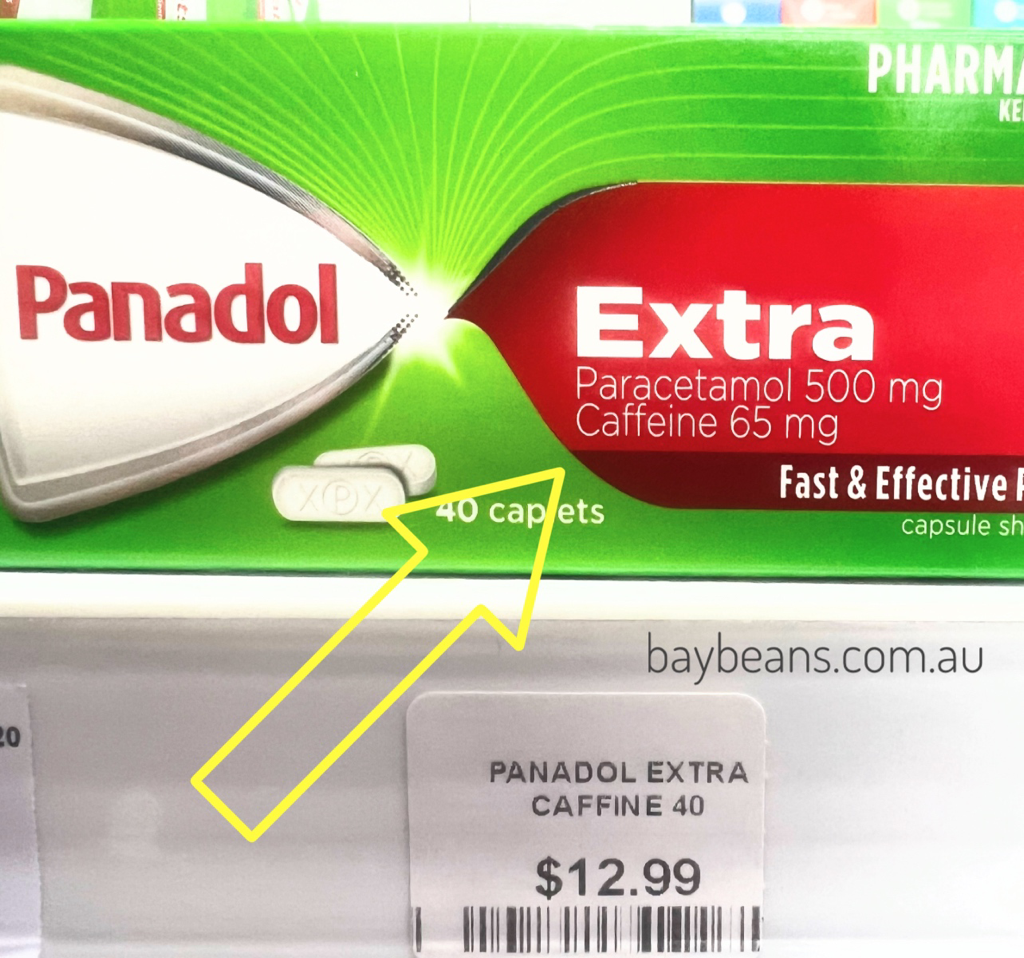
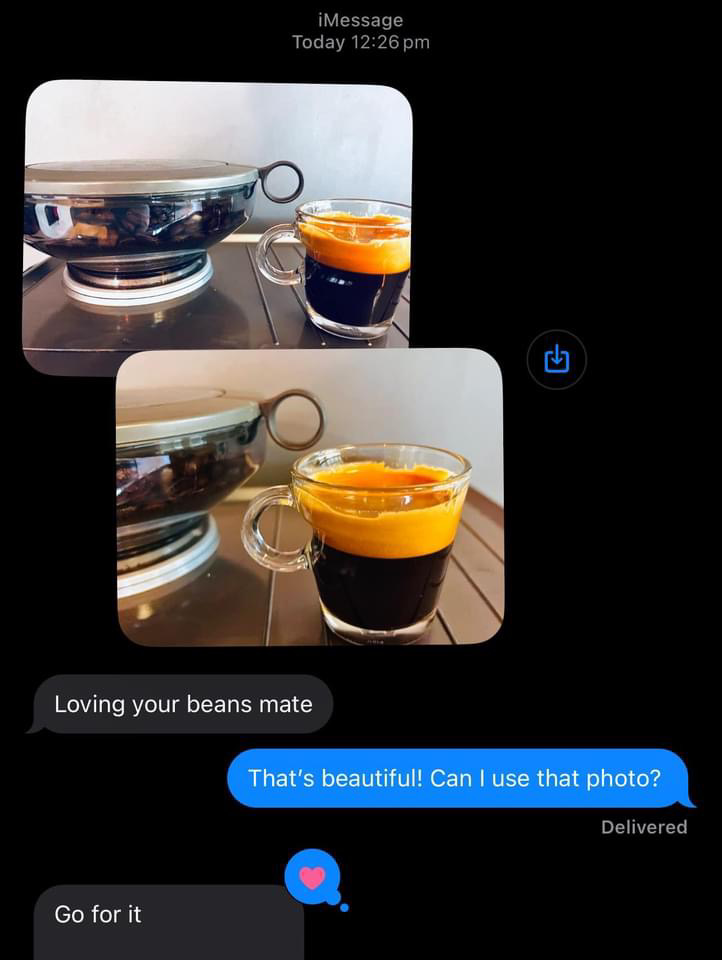


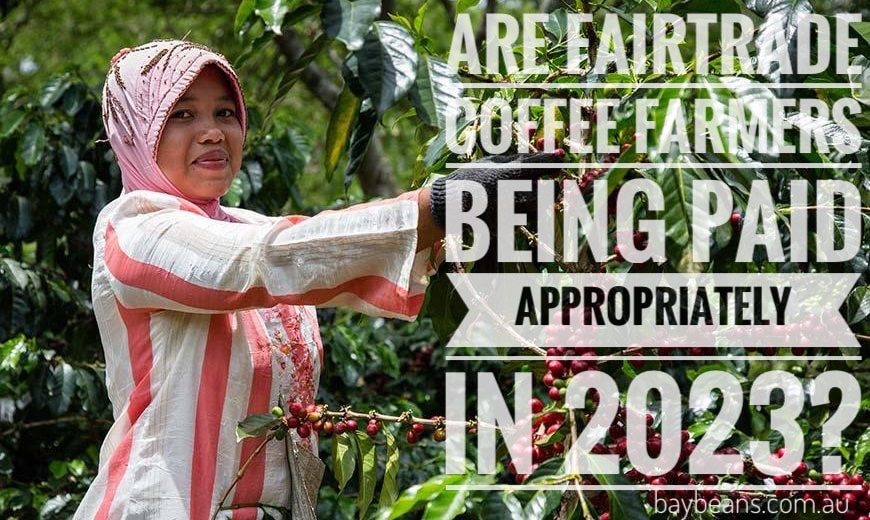
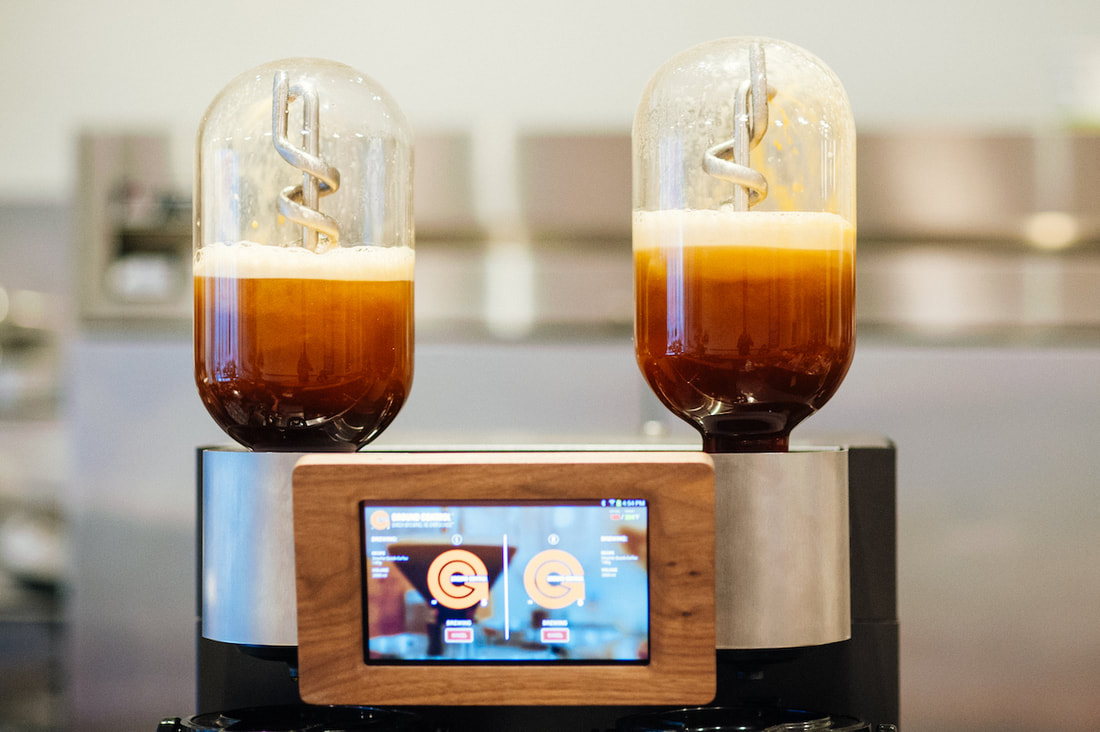
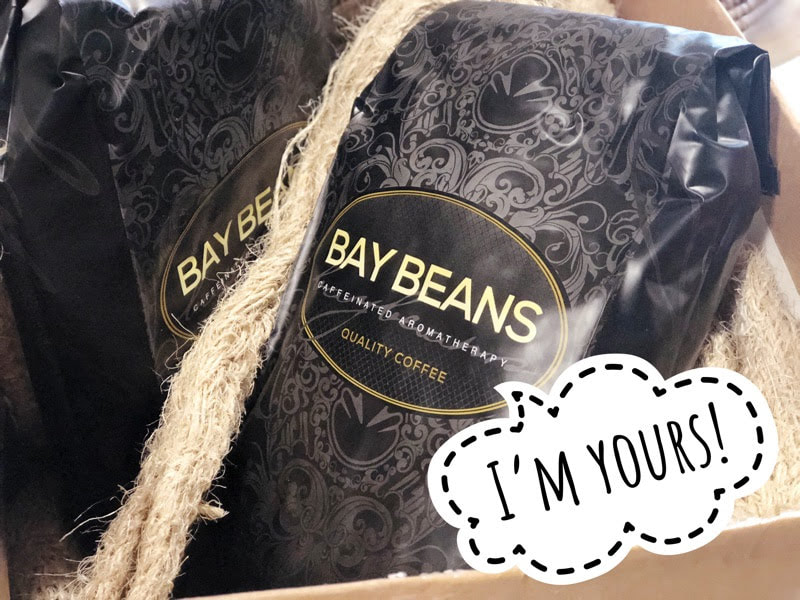
 RSS Feed
RSS Feed
